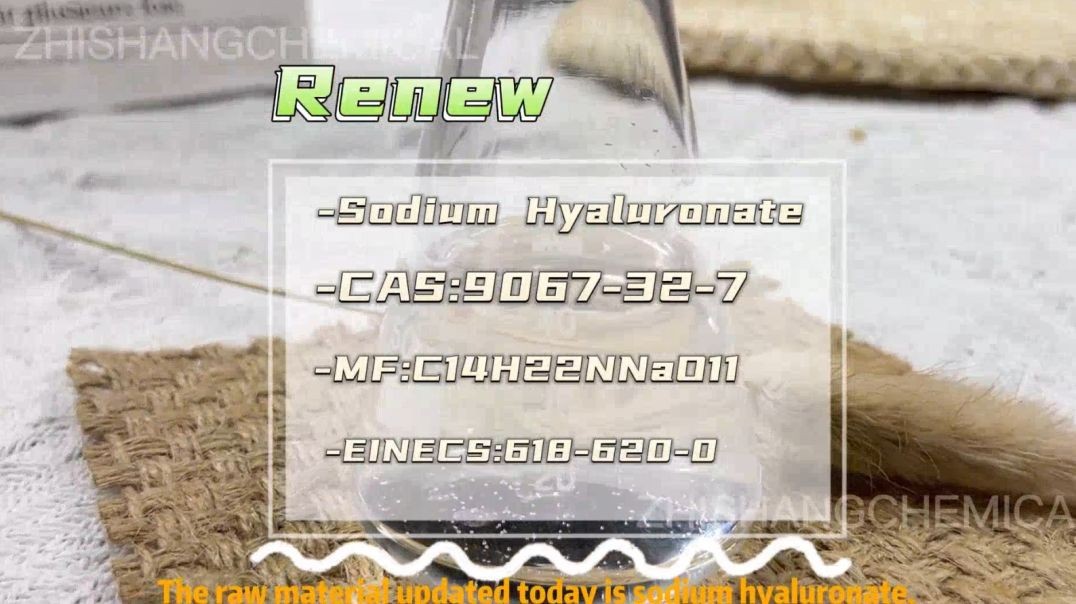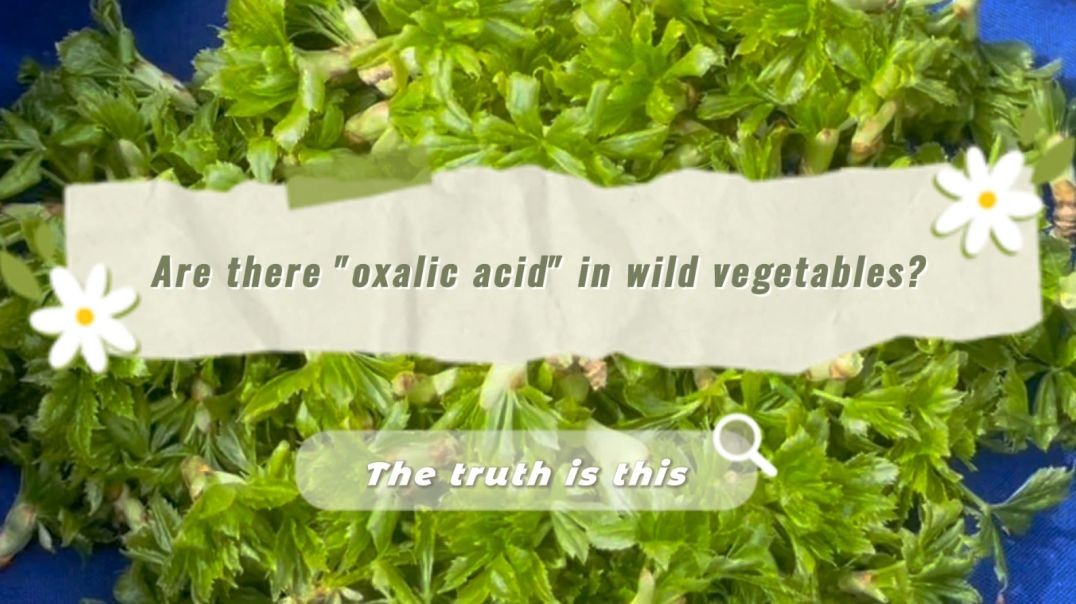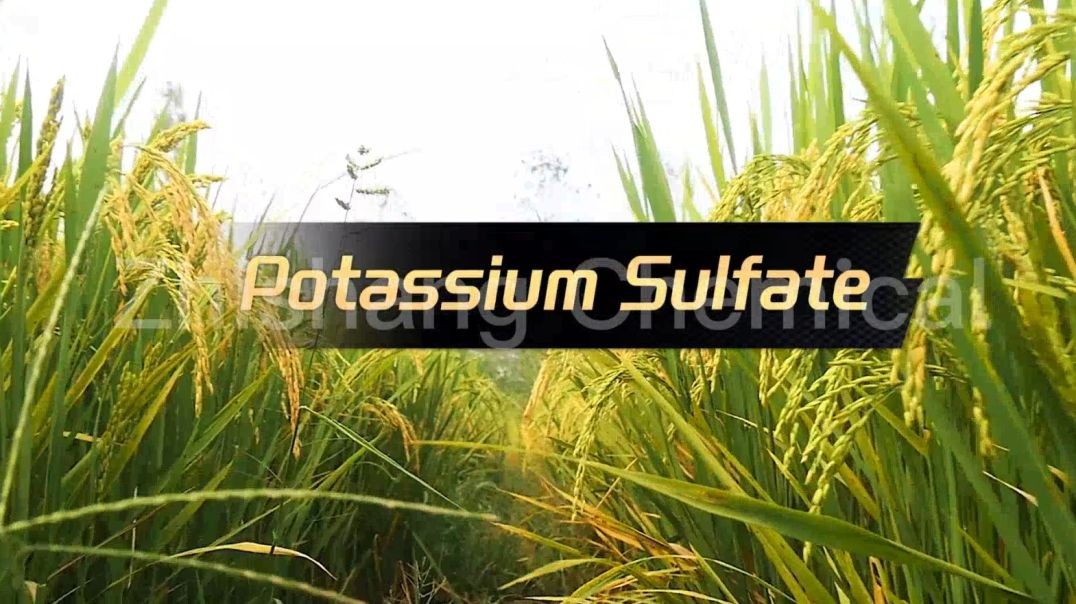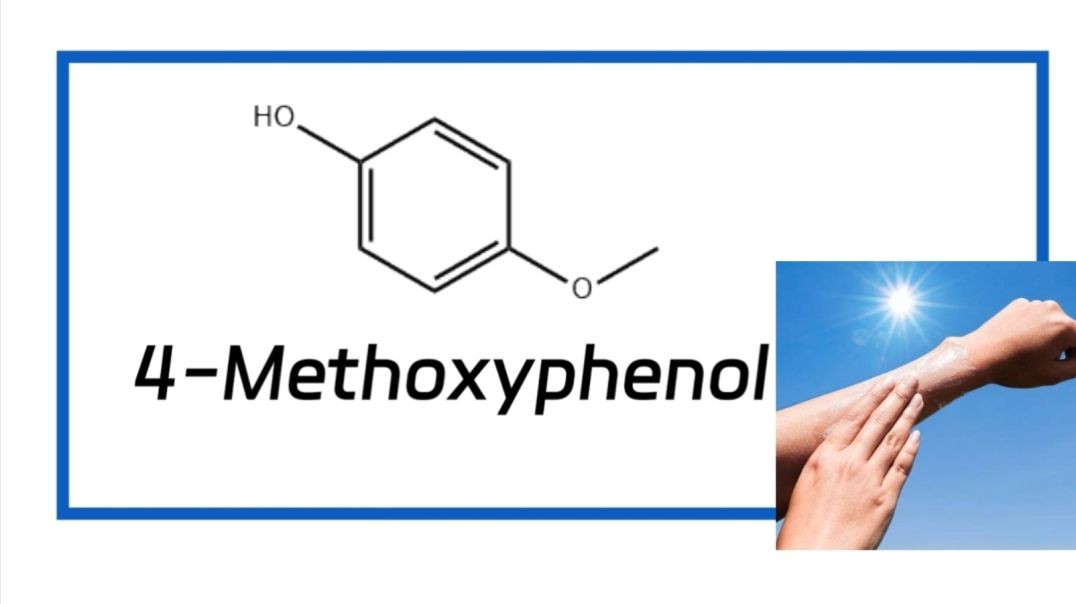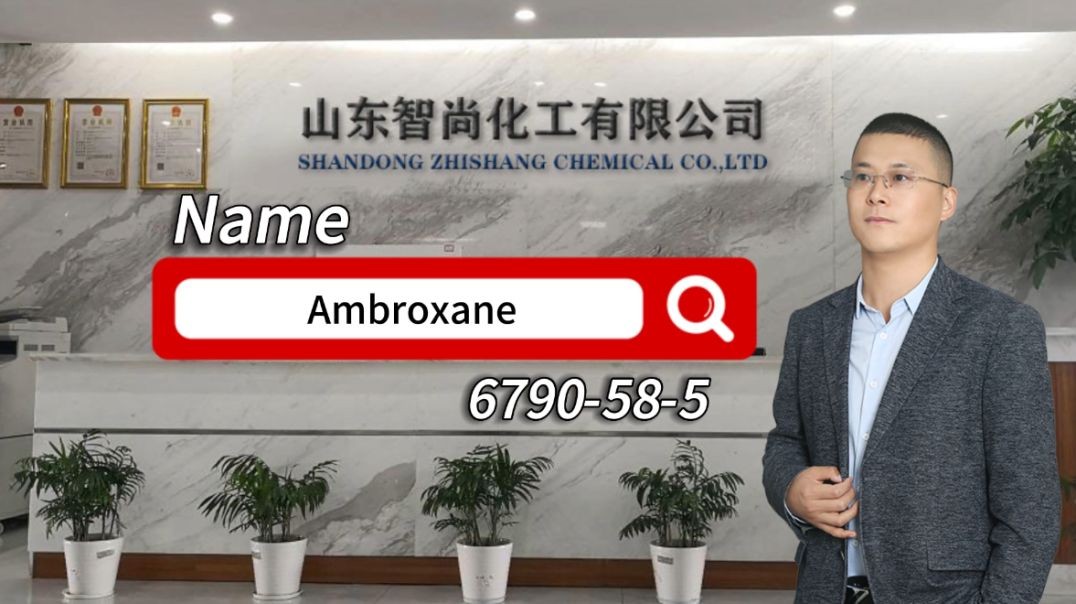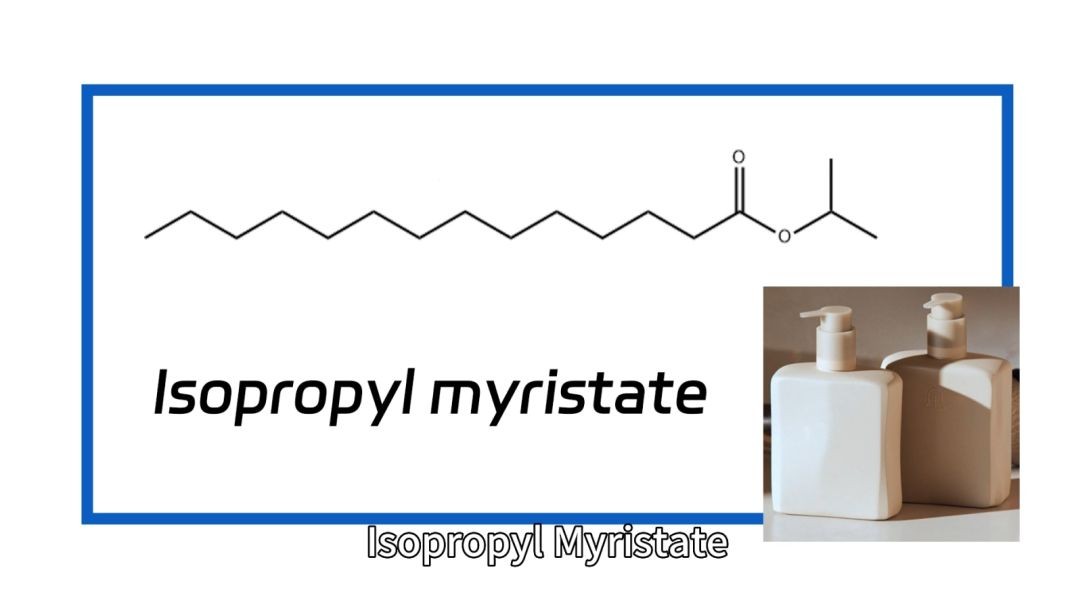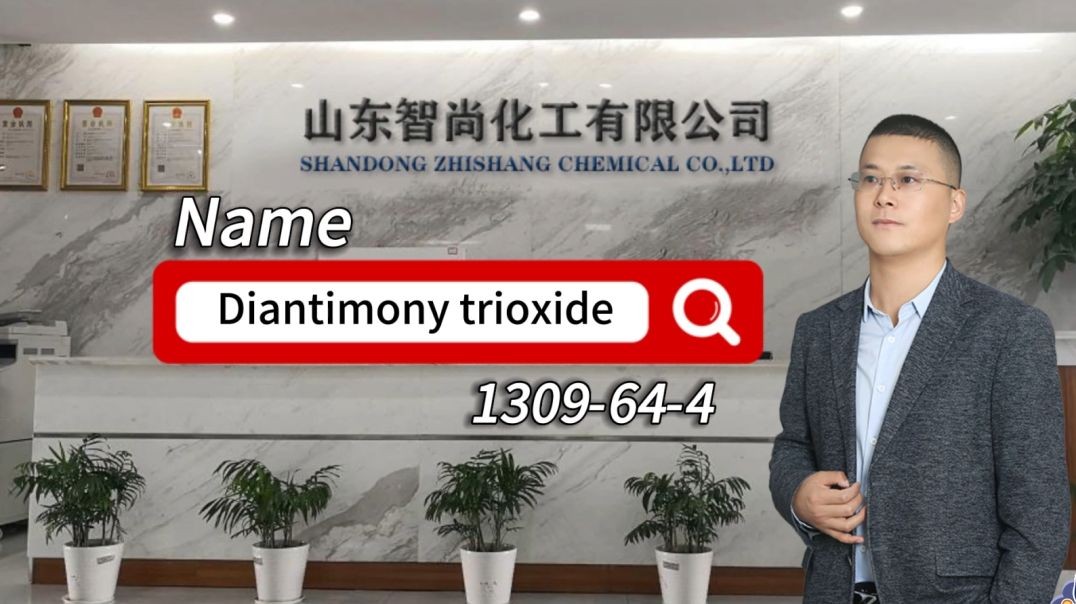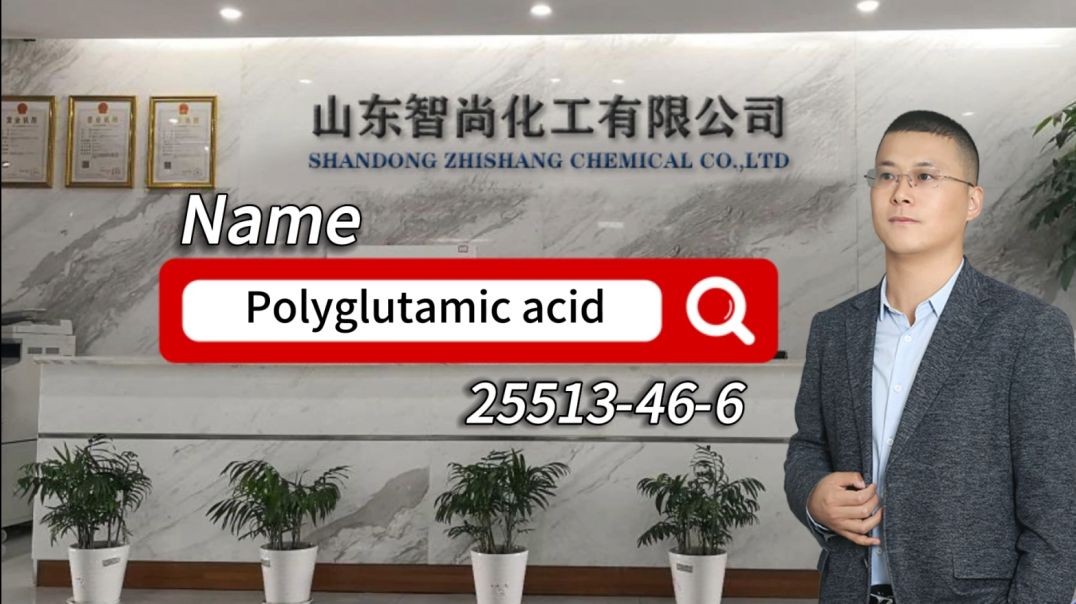Top videos
Sodium hyaluronate (also known as hyaluronic acid) is a naturally occurring polysaccharide substance with strong water retention ability, widely used in the fields of medicine, cosmetics, and food. In medical beauty, it is commonly used for injection filling and moisturizing repair; As a highly effective moisturizing ingredient in skincare products, it can enhance skin hydration; As a food additive (such as health food), it helps to lubricate joints and improve skin moisture.
It has high safety and good biocompatibility, but it should be noted that injectable products must be operated by professional physicians, and edible grade sodium hyaluronate must comply with national food safety standards (such as being approved as a new food ingredient in China).
Can work hard together, can also play together! 🎉
The issue of oxalic acid in wild vegetables does require a scientific approach.
universality
Most wild vegetables (such as purslane, dandelion, shepherd's purse, amaranth, etc.) contain oxalic acid, but the content varies greatly. For example:
High oxalic acid: amaranth (about 300-500mg/100g), purslane
Low to moderate oxalic acid: shepherd's purse, dandelion tender leaves
Risk points
Oxalic acid easily combines with calcium to form calcium oxalate (the main component of kidney stones), and long-term excessive intake may:
Affects calcium absorption
Increased risk of stones (especially in patients with urinary system diseases)
Potassium sulfate is a high content and quick acting potassium fertilizer, mainly prepared from sulfate ore anhydrous potassium magnesium aluminate and potassium chloride as raw materials. It is a white or light yellow crystalline particle with two crystal forms, α - and β -. The α - type is a colorless crystal in the hexagonal crystal system, while the β - type is a colorless crystal in the orthorhombic crystal system. It has a bitter and salty taste.
Generally, it contains 90% to 95% potassium sulfate, 50% to 52% potassium (K2O), 16% sulfur (S), and less than 2.2% chlorine (Cl); In addition, there are small amounts of sodium (Na), calcium (Ca), magnesium (Mg), bromine (Br), etc., which are insoluble in ethanol, acetone, and carbon disulfide, but easily soluble in water and can be directly absorbed and utilized by plants. They can be used as base fertilizer, seed fertilizer, and topdressing. Experimental results have shown that the application of 1 kilogram of potassium sulfate can increase the yield of grain crops by 6-8 kilograms and sugar beets by 15.5-22.5 kilograms. Some chlorine sensitive crops (such as fruits, flax, tobacco, tea, citrus, potatoes, etc.) cannot be treated with potassium chloride, but can be treated with potassium sulfate.
Work wholeheartedly, team building is free and romantic. Be grateful, everything you encounter is beautiful team spirit!
Hydroxybenzyl ether is a white flake or waxy crystalline substance mainly used as a polymerization inhibitor, UV inhibitor, dye intermediate for vinyl plastic monomers, and in the synthesis of edible oils and cosmetics antioxidant BHA.
Its biggest advantage is that the monomer added with MEHQ does not need to be removed when copolymerizing with other monomers, and can be directly copolymerized in a ternary system. It can also be used as an anti-aging agent, antioxidant, etc.
2023 Annual Meeting-zhishang chemical
Ambroxane is one of the most important components of natural ambergris and has been identified as present in the aromatic components of ambergris tinctures.
Ambroxane has a strong and rich aroma of ambergris, with a mild woody notes.
A very good fragrance fixative, a spice with a dragon's mouth fragrance, as a substitute for natural dragon's mouth fragrance.
Zhishang Chemical -Yuanxiao 2024- (Filled round balls made of glutinous rice-flour for Lantern Fest
Zhishang Chemical -Yuanxiao 2024- (Filled round balls made of glutinous rice flour for Lantern Festival) Zhishang Chemical
Isopropyl myristate is a colorless to pale yellow thin oily liquid, odorless and tasteless.
Isopropyl myristate has a low greasy feeling, a softening effect on the skin, and good permeability. It is a solvent and preservative for pigments, fragrances, and various additives. Low melting point, stable and not easily hydrolyzed, with color and odor that meet the requirements of cosmetics, it is an excellent ester raw material commonly used in cosmetics.
Cinnamyl ether has defoaming properties. Polyether defoamer is a major variety of defoamer at present. It has the advantages of non-toxic, tasteless, non-irritating, resistant to hard water, acid and alkali, and good compatibility with the system. Compared with another class of silicon-containing defoamer, although its defoamer performance is not high, its anti-foam performance is quite excellent.
The shipment has been sent! I hope this product from us can help you.
We know that many people buy products with sincerity and peace of mind, so we will do our best in every aspect.
UV-360, also known as 2,2 '- methylenebis [4-tert-octyl-6- (2H-Benzotriazol-2)] phenol, is an excellent performance benzotriazole based UV absorber.
UV absorbers are a type of organic compound that can selectively and strongly absorb harmful sunlight ultraviolet rays to polymers, while possessing high light resistance.
Dear friends who have submitted orders, all the products you purchased have already been shipped out.
Dear customer, your order has been successfully shipped! Don't worry, we will accompany you all the way until you receive a satisfactory product.
Isopropyl myristate is a colorless to pale yellow thin oily liquid, odorless and tasteless. Dissolve in ethanol, ether, and chloroform. Insoluble in water.
It has good lubricity and permeability, and can improve its affinity for the skin. It is a lower alcohol ester of higher fatty acids.
application
Isopropyl myristate has a low greasy feeling, a softening effect on the skin, and good permeability. It is a solvent and preservative for pigments, fragrances, and various additives.
Low melting point, stable and not easily hydrolyzed, with color and odor that meet the requirements of cosmetics, it is an excellent ester raw material commonly used in cosmetics.
Every order is a responsibility, treated with care, and not disappointed by the customer.
Antimony trioxide is a white crystalline powder that turns yellow upon heating and white upon cooling, with no odor; Melting point 655 ℃, boiling point 1425 ℃. Sublimation occurs when heated to 400 ℃ under high vacuum. Dissolved in sodium hydroxide solution, hot tartaric acid solution, hydrogen tartrate solution, and sodium sulfide solution, slightly soluble in water, dilute nitric acid, and dilute sulfuric acid. The relative density is 5.67.
The main function of polyglutamic acid in cosmetics and skincare products is as a moisturizer and skin conditioner, with a risk factor of 1. It is relatively safe and can be used with confidence. It generally has no effect on pregnant women and does not cause acne.
Polyglutamic acid has a good promoting effect on the activity of fibroblast cells and has a revitalizing effect, which can be used in anti-aging and wrinkle resistant cosmetics;
Polyglutamic acid with large molecular weight can not promote the activity of fibroblasts as well as those with small molecular weight, but its performance in stabilizing foam, moisturizing ability, adsorption on hair and other properties are better than those of products with small molecular weight. When used in hair lotion, it can resist static electricity, and hair is soft. Polyglutamic acid can whiten skin.
